Discover Korea's World Heritage
Baekje Historic Areas
Baekje Historic Areas, the Capitals of the Baekje Kingdom
The Baekje Historic Areas on the UNESCO World Heritage List are divided into three areas: Gongju; Buyeo; and Iksan, where royal palaces of Baekje were located during the Three Kingdoms era. Remains in the Gongju area date back to the Ungjin period when Ungjin (old name of Gongju) served as the capital of Baekje, while the relics found in the Buyeo area and the Iksan area are related to the Sabi (old name of Buyeo) period.
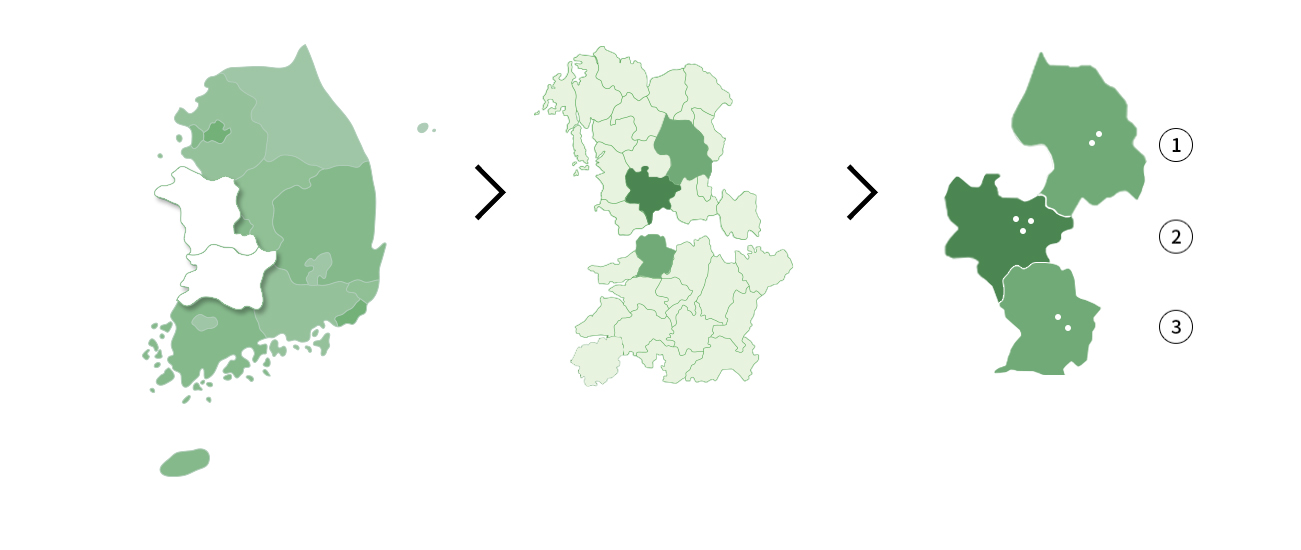
① Ungjin (old name of Gongju) ② Sabi (old name of Buyeo)③ Iksan
Gongju Historic Areas
Gongsanseong Fortress
Gongsanseong is a mountain fortress covering 200,000 square meters. It served as the royal palace of Baekje for 63 years from 475, when the capital was established in Ungjin, to 538, when it was relocated to Buyeo.
It was first built as an earthen fortress but later changed into a stone castle after several rounds of renovations. It was a typical defensive fortress, with its walls connecting mountain peaks and crossing the valleys to strengthen a defensive position. A royal palace and other important facilities were set up inside the fortress.
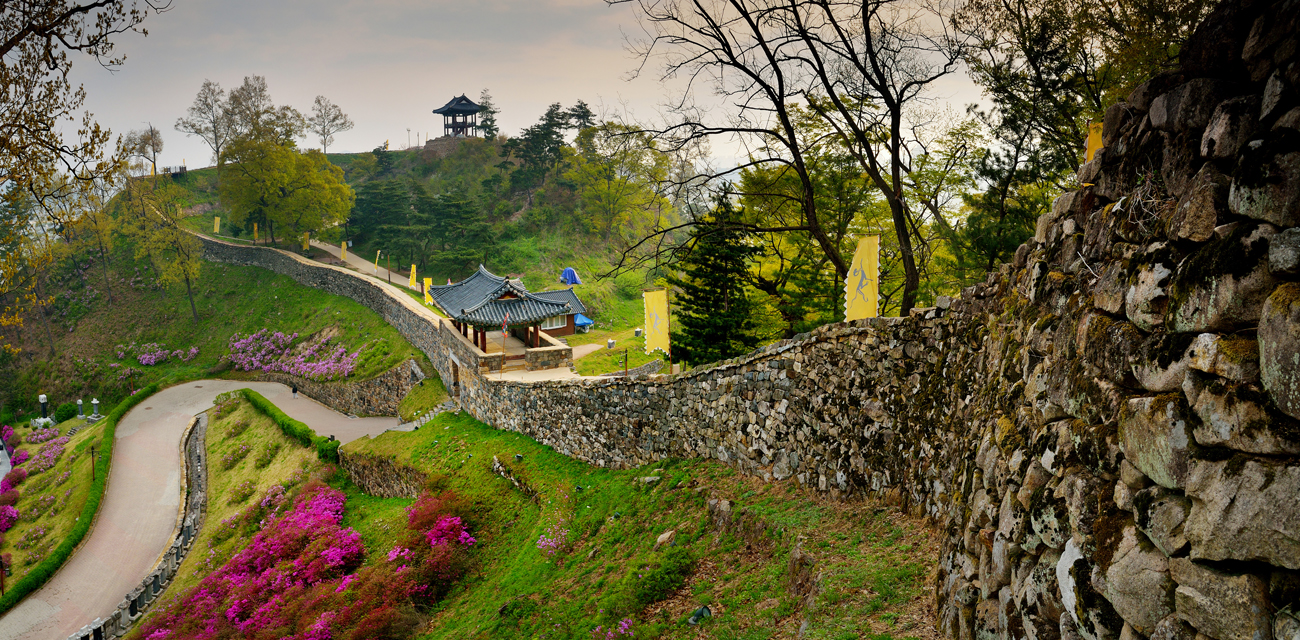
Royal Tombs in Songsan-ri
Seven royal tombs from the Ungjin period are found in a group of royal tombs in Songsan-ri. They include King Muryeong’s tomb, which is the only tomb of which the owner was identified among all royal tombs of Baekje.
The excavated relics, including the wooden coffin made of Japanese gold pine trees, show that Baekje’s international exchanges moved beyond Northeast Asia, expanding to Southeast Asia and as far as India.
Source: Cultural Heritage Administration
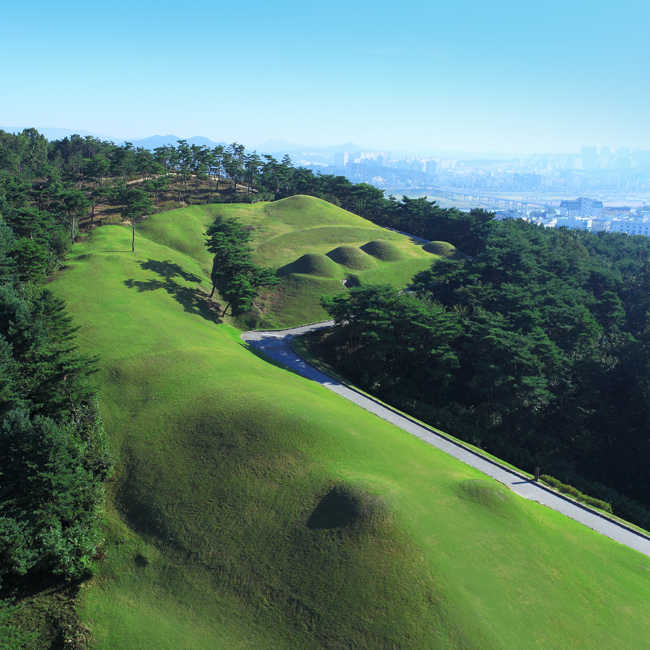
Royal Tombs in Songsan-ri
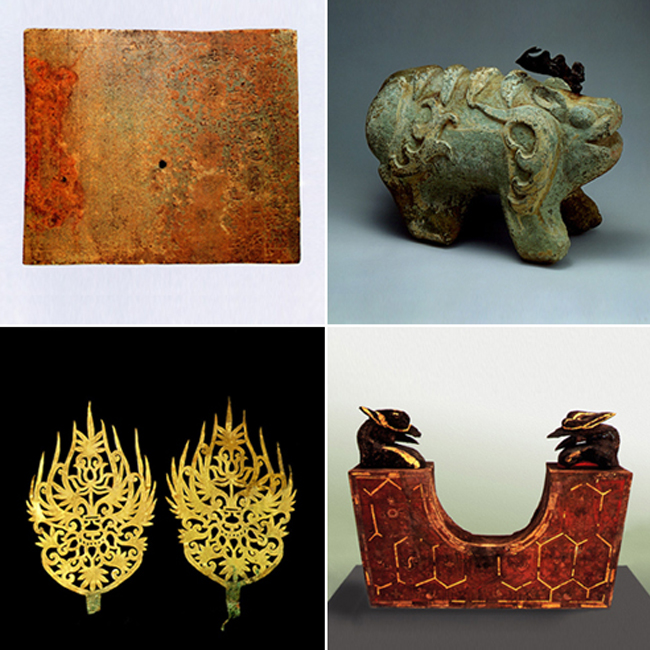
Excavated Relics
Buyeo Historic Areas
Gwanbuk-ri Ruins and Busosanseong Fortress
Gwanbuk-ri remains include a large building site that is presumed to be the palace site. Unearthed relics suggest that the king resided in the area. Water tanks, storage facilities, a pond, a waterway, stonework and roads were also found.
Busosanseong Fortress was located at the rear of the royal palace. During the Sabi period, it served as a rear garden of the palace at normal times and was used as a defensive facility in case of emergencies.
Source: Cultural Heritage Administration
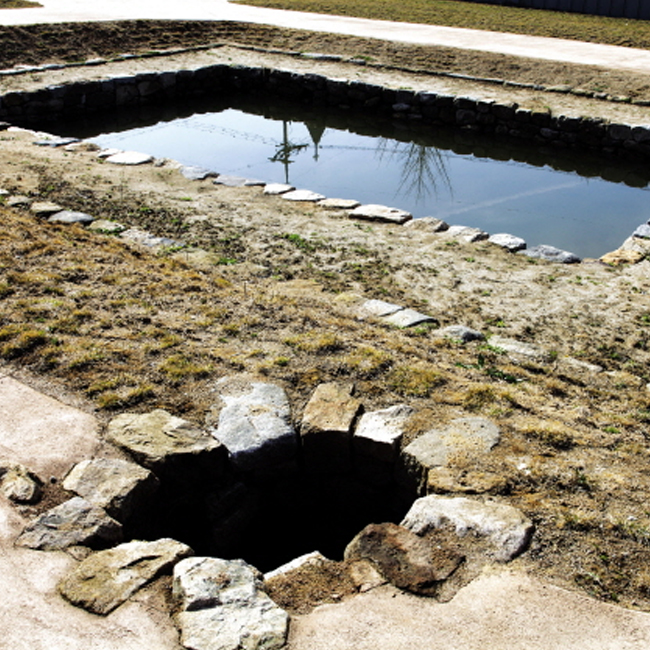
Gwanbuk-ri Ruins
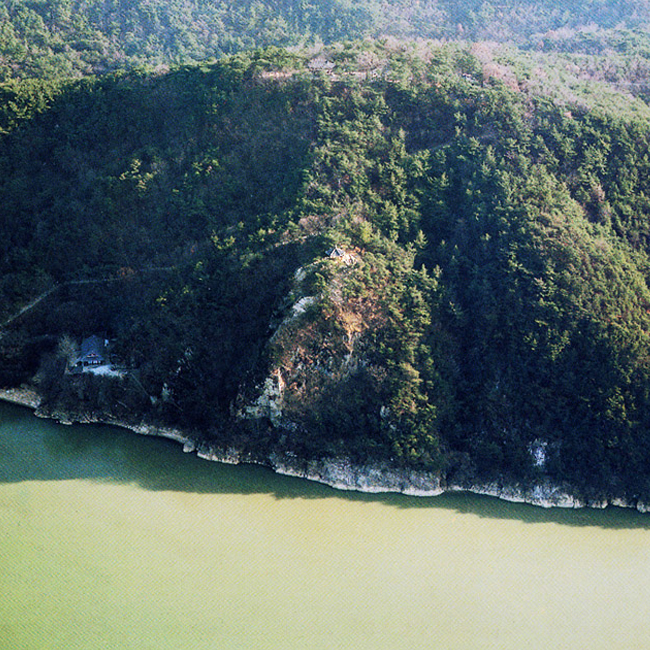
Busosanseong Fortress
Jeongnimsa Temple Site
Jeongnimsa Temple was located at the center of the capital of Sabi. The five-storied stone pagoda of the Jeongnimsa Temple Site, National Treasure No. 9, remains at the site to show Baekje’s splendid culture and outstanding masonry techniques.
Royal Tombs in Neungsan-ri
There are seven royal tombs representing the Sabi period at this site. Three types of stone chamber tombs with a corridor are all found in these tombs.
The four walls of Tomb No.1, in particular, have murals portraying the Four Guardian Gods, while the ceiling is adorned with murals of lotus and cloud patterns, serving as important sources for research on paintings from the Baekje era.
Source: Cultural Heritage Administration
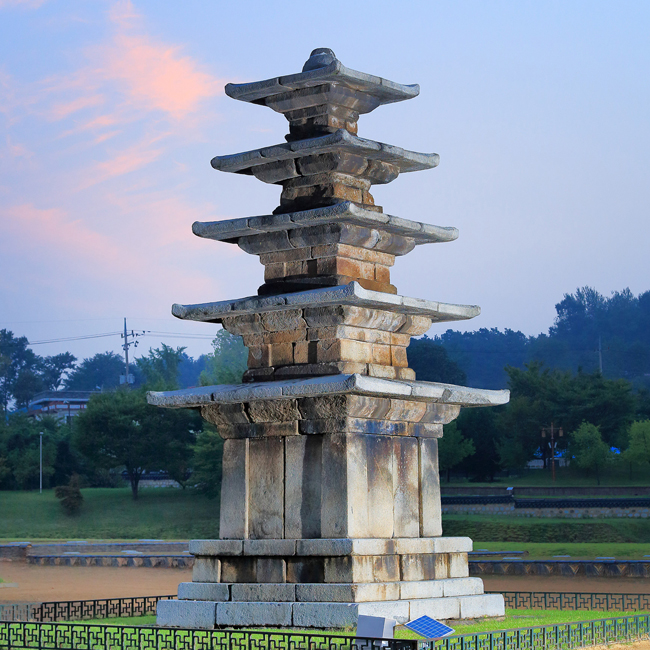
Five-storied stone pagoda of the Jeongnimsa Temple Site
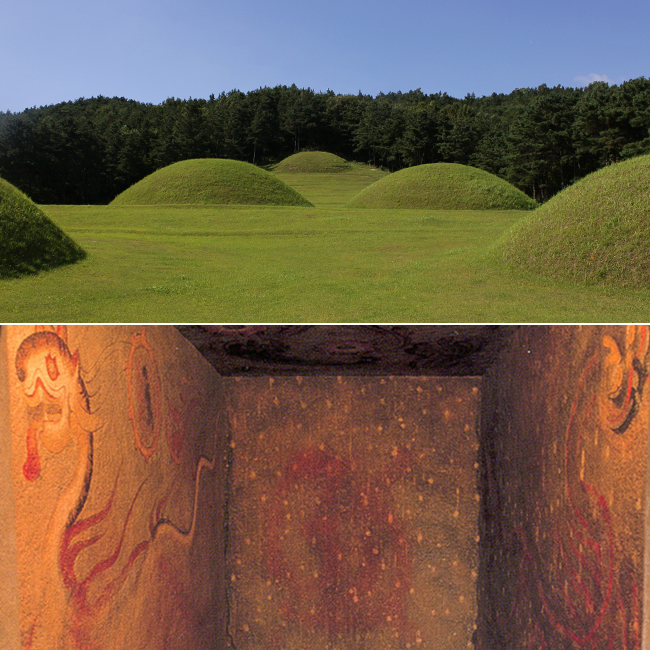
Royal Tombs in Neungsan-ri
Naseong City Wall
The Naseong city wall, surrounding the capital area, was constructed to defend the capital. Starting from Busosanseong Fortress, the wall protected the northern and eastern parts of the capital.
It is different from a mountain fortress, as the wall connects the mountains with the plains to surround the outer parts of the capital. Different construction techniques were used for the sections that pass through the hill areas and those that pass through low and moist flat areas.
Source: Cultural Heritage Administration
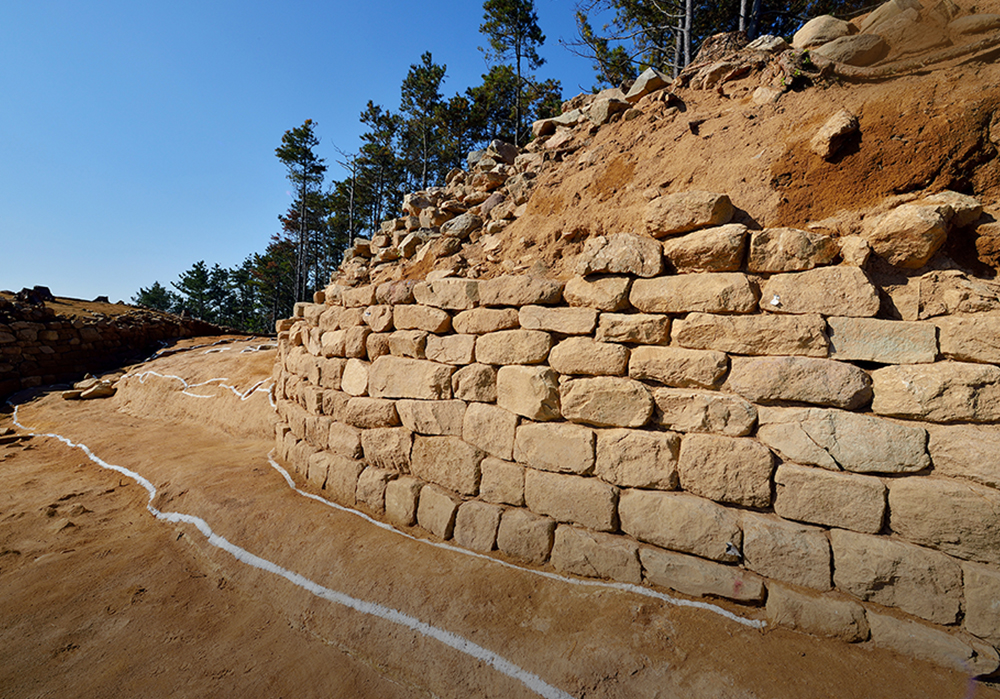
Iksan Historic Areas
Archaeological Site in Wanggung-ri
The site shows the remains of a secondary palace built by the Baekje royal court in a move to make up for the weaknesses of the capital of Sabi. The site has facilities related to the royal palace, workshops that produced gold and glass items, as well as a Buddhist temple. A large building site, which is presumed to have been the king’s official residence, was discovered. It shows the structures and space planning principles of the royal palaces of Baekje.
Mireuksa Temple Site
Covering 13,384,699 square meters, it is the largest temple site discovered in East Asia. This is where Mireuksa Temple was located. Discovered relics from the later period of Baekje to the mid-Joseon era include roof tiles, earthenware, ceramic vessels, and stone and metal objects. The 14-meter-high stone pagoda of the Mireuksa Temple Site (National Treasure No. 11), the highest and largest stone pagoda in South Korea, and Dangganjiju (flagpole supports) (Treasure No. 236) still remain.
Source: Cultural Heritage Administration
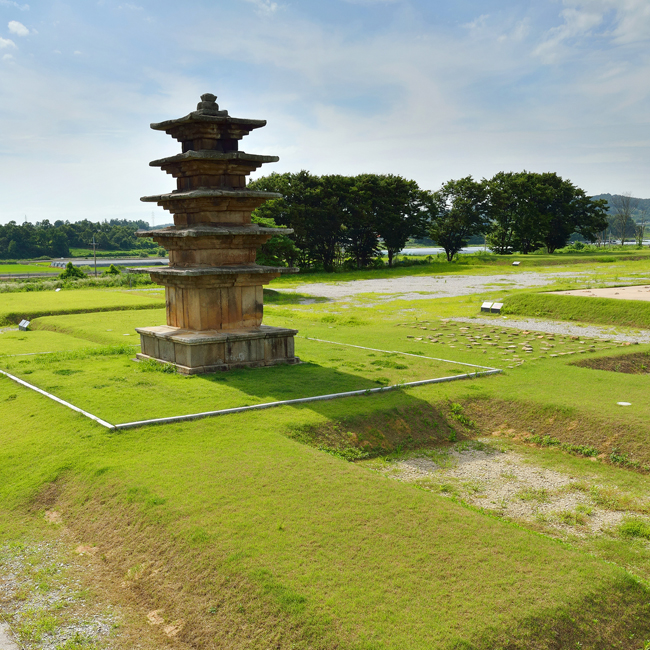
Archaeological Site in Wanggung-ri
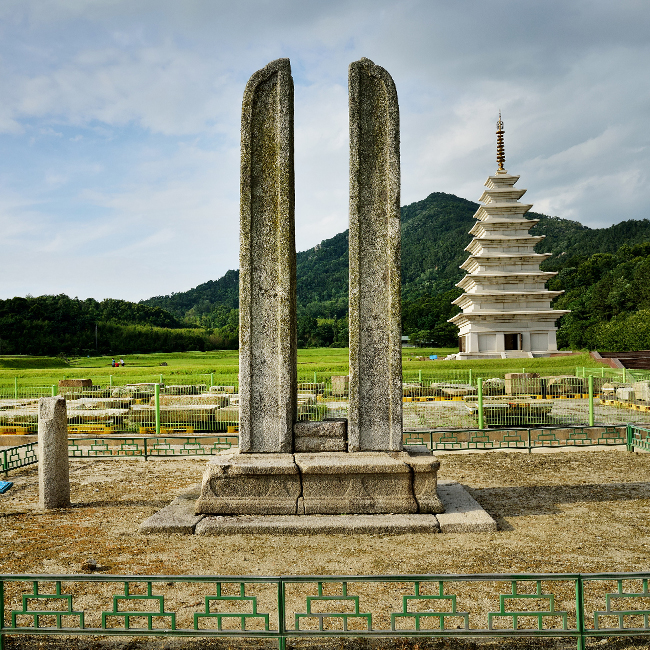
Mireuksa Temple Site

